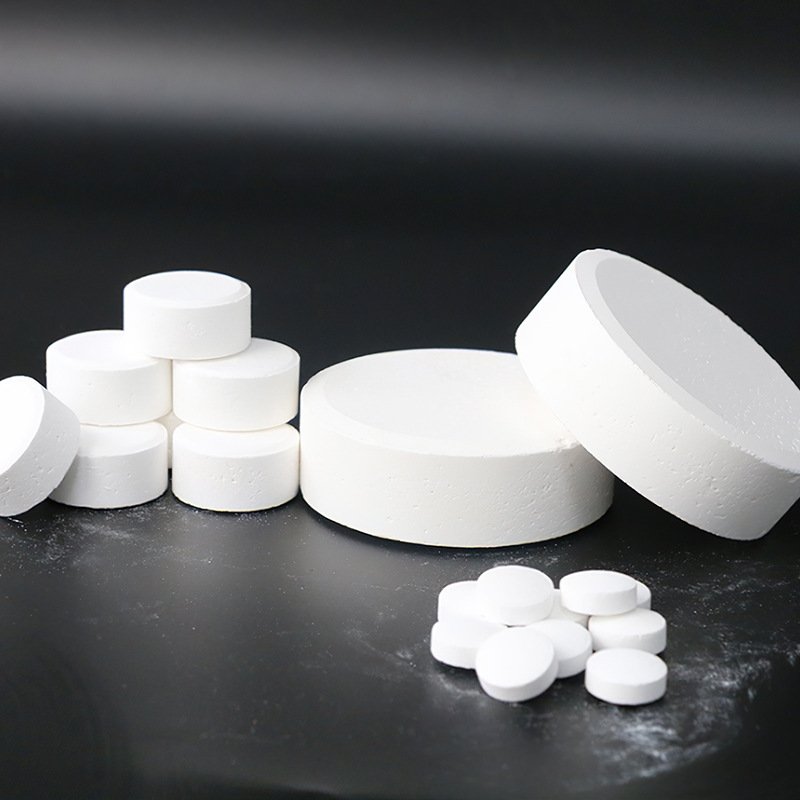A Fraunhofer IPA research team, in collaboration with the University of Paderborn and industrial partner Siegwerk Druckfarben, has succeeded in producing biogenic pigments from chitin and bio-based dyes.
Scientists from the Fraunhofer IPA and the University of Paderborn, together with industrial partner Siegwerk Druckfarben, have now developed biogenic pigments from chitin as a carrier substance and biobased dyes on a pilot plant scale for the first time as part of the “Crustacea chitin-based colour pigments (crusty pigments)” project.
Waste product from crab production
The name “Crusty Pigments” is due to the origin of the basic pigment, which is obtained from chitin. Among other things, chitin is a waste product from crab production that is normally disposed of in large quantities without being recycled. Through the production of “crusty pigments”, chitin can not only be reused, but converted into high-quality raw materials. “Crusty Pigments” are thus ideal for applications in areas where printing inks have to be handled sensitively. For example, in the production of food packaging, it is particularly important that the printing inks used for the packaging do not contaminate the food with migratory and questionable ingredients. This safety would be given with “Crusty Pigments”. Other conceivable applications for the packaging industry are in the fields of cosmetics, pharmaceuticals, interior design or textiles.
Further information can be found on the Fraunhofer IPA website.
Reading tip
The EC Tech Report Bio-based Coatings is a hand-picked compilation of all the key aspects concerning bio-based coatings, offering the latest technical developments. Leading R&D experts present their various binder developments, how binders can be produced sustainably and also how the performance of your coatings can be optimised. Exclusive market insights and data as well as an impressive package of digital bonus material round off this Tech Report.
